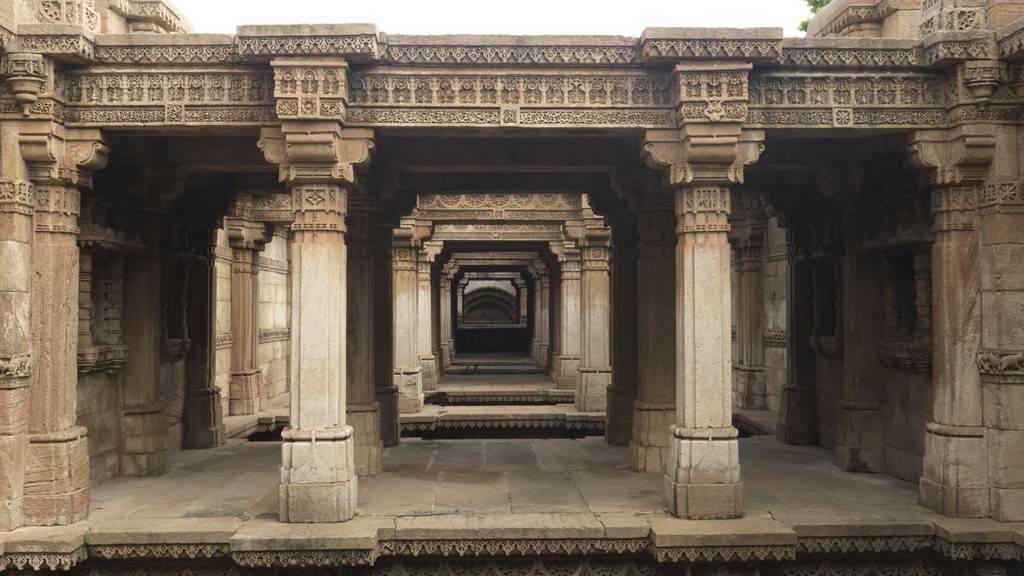Sorry, we couldn't find anything that matches your search.
Destination

Famous Places to Explore in Hyderabad
A vibrant city with the imposing...

Raipur Tourist Places | Best Place to Visit
The stronghold of several erstwhile...

Ahmedabad
Declared as India's first UNESCO World...
#
Declared as India's first UNESCO World Heritage City, Ahmedabad or Amdavad is steeped in history and tradition. Offering a seamless blend of spectacular architecture of centuries-old mosques and contemporary avant-garde design, Gujarat's biggest city is a bustling cosmopolitan hub. Ahmedabad is divided into two parts, cut into distinct sections by the Sabarmati river. On the eastern bank of the river stands the quaint old quarter, which is marked by winding lanes throbbing with tradition and culture, and on the western side is the sprawling new town that has created a niche for itself with world-class urban planning. Add to this a vibrant array of street-food and colourful bazaars, and Ahmedabad becomes a tourist hub where one would be spoilt for choices.
The old city, also known as the walled area, is characterised by pols (neighbourhoods), which are an ancient system of community-based housing. A 10-km-long wall with 12 gates, 189 bastions and over 6,000 battlements had once guarded the old city. Today, all that remains of this are the gates, each standing proudly with intricate carvings, calligraphy and some with extended balconies. While the eastern section boasts an old-world charm with ancient gates and colonial-era buildings dotting its landscape, the western region is marked by educational institutions, multiplexes and business districts.
Ahmedabad was earlier known as Karnavati and the name was changed by Sultan Ahmed Shah, of the Muzaffarid dynasty, after 1411, when he conquered it from king Karandev I. Under Ahmed Shah, architects amalgamated Hindu craftsmanship with Persian architecture, giving rise to a unique Indo-Saracenic style. Many of the mosques here reflect this style.
While Ahmedabad served as Gujarat's capital from 1960 to 1970 (today the state capital is its twin city, Gandhinagar), it still houses the Gujarat High Court and is the state's financial centre. The city was also at the heart of India's struggle for independence from the British rule, with Mahatma Gandhi residing at Sabarmati Ashram here. It is also called the 'Manchester of East' for its thriving textile industry that has led Ahmedabad into the 21st century. The city is known for its grandeur and larger-than-life celebrations during Navratri, which is an open-air cultural and spiritual extravaganza.


















